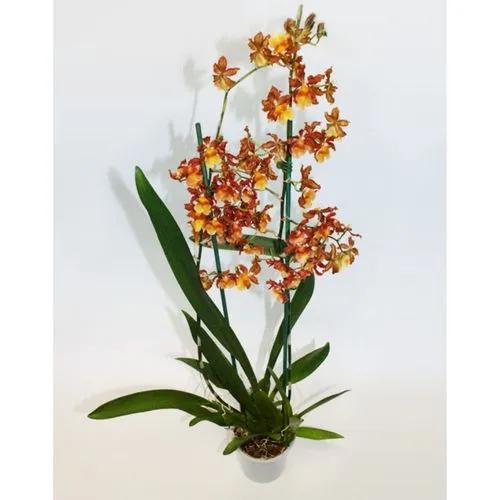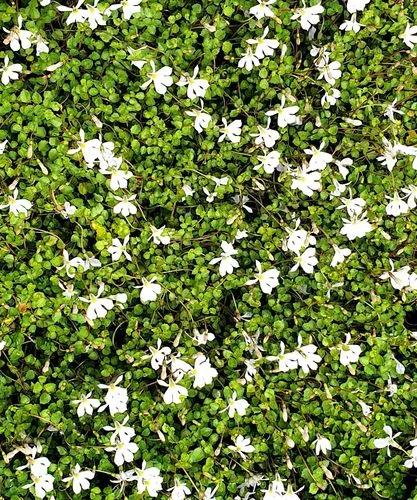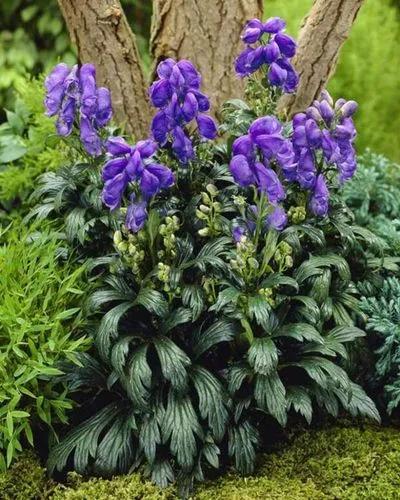The Pontic Rhododendron is a stunning and hardy shrub that grows well in various climates. Due to its spectacular flowers and vibrant foliage, it is a common landscape plant in many parts of the world. This flower will flourish and give you years of beauty and pleasure with the proper care.
Ponticum Rhododendron Care
Rhododendron ponticum



Rhododendron ponticum is a flowering plant native to Europe and Western Asia's mountainous regions; it belongs to the Ericaceae family, including popular plants like azaleas, blueberries, and cranberries.
Because of the presence of grayanotoxins in its nectar, the Pontic Rhododendron is poisonous to livestock, including sheep and cattle. Regardless, it is a popular ornamental plant because of its showy pink or purple flowers that bloom in the spring.
Look for a shrub or small tree with evergreen leaves that are oblong and have a glossy, dark green appearance to identify this Rhododendron. The clustered flowers are typically pink or purple and have a trumpet-shaped structure.
How to Care for the Plant

Water

The topsoil of the container should always be moist, so the best watering routine for these bushes is 2-3 times a week; water as soon as the top layer of soil begins to dry.

Pruning

You can prune it in the early spring before the start of new growth. Remove any damaged or dead branches, and shape the shrub's overall shape.

Fertilizer

In the spring, fertilize the Rhododendron ponticum with a slow-release fertilizer designed for acidic-loving plants. For the correct amount of fertilizer, follow the package directions.

Sunlight

The Rhododendron thrives in indirect light. Thus, it can withstand direct sunlight, but too much sunlight can scorch the leaves. In scorching weather, provide some afternoon shade.

Soil

Plant in well-draining, slightly acidic soil (sand, loam, clay) mixed with peat moss and grit.

Propagation

Use stem cuttings to propagate Pontic Rhododendron during the summer. Remove the lower leaves from a stem 4 inches (10 cm) long. Plant the stem in a pot with moist soil after dipping it in the rooting hormone.
Put the pot in a warm location with some light from the side, and in six to eight weeks, the cutting ought to begin to root.

Temperature

This Rhododendron tolerates cold temperatures well and can thrive in zones 5 to 8. Plant it in a sheltered location away from strong winds and extreme temperatures. The ideal range for this bush is 53-77°F (12-25°C), but the plant won't feel good if the temperature goes above 86°F (30°C) or below 37°F (3°C).

Container

When taking care of Rhododendrons in containers, focus on drainage. They like moist soil, but too much water causes root rot. Small plants can stay in nursery containers at first.

Fun fact

This species has the distinction of being the national flower of the Republic of Georgia. It provides nectar to pollinators and bees, so it is essential to plant it in a garden or yard to help the environment.

Popularity

10,399 people already have this plant 710 people have added this plant to their wishlists
Discover more plants with the list below
Popular articles






